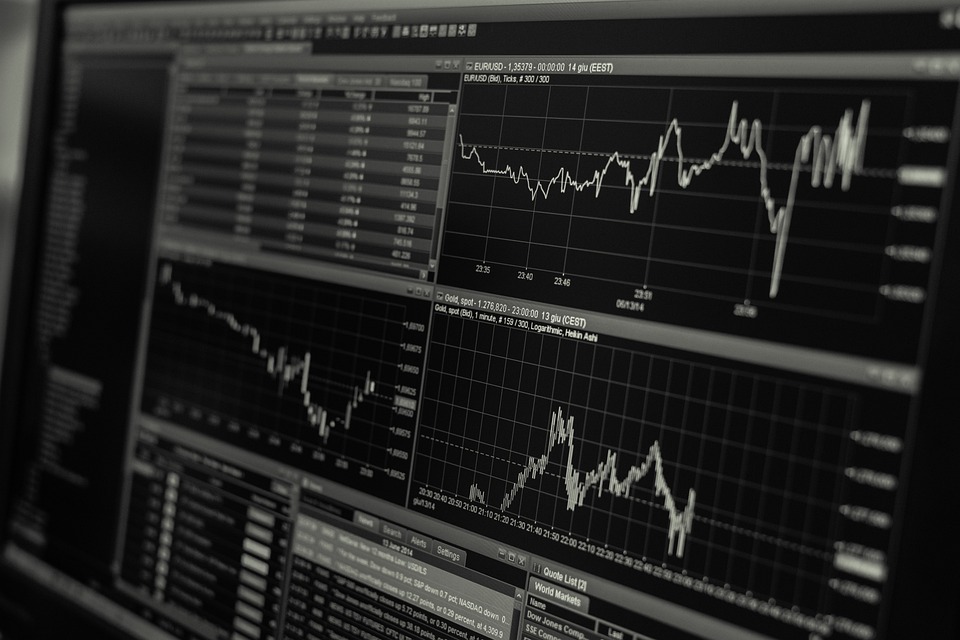Four Flexible Funds For A Cautious Market

Image source: Pixabay
Markets are at or approaching another turning point, and your portfolio needs to be prepared, cautions Bob Carlson, editor of Retirement Watch.
Premature investor optimism triggered what is likely another bear market rally. Here, I explain why I believe we’ve been in a bear market rally and stock prices are likely to work their way lower, probably below the lows of October 2022.
Our portfolios are prepared for what comes next, no matter when it starts, with a tweak or two to make this month. The mainstay of our portfolios for most of the last year is the collection of four flexible, multi-asset, tactically managed funds. They’ve lagged during the market rally because all are cautious about the market indexes.
A market loss of about 30% from recent levels is needed to make the 10-year expected return for the S&P 500 equal to the yield on 10-year Treasury bonds, according to John Hussman of Hussman Strategic Growth (HSGFX). He points out that from March 1998 to March 2020, the total return of the S&P 500 lagged the total return of Treasury bonds.
HSGFX owns about 270 stocks, which are selected by using a model that identifies companies with growth rates that aren’t reflected in their stock prices. A stock rarely is more than 2% of the fund. The fund also uses futures and options to either leverage the stocks to enhance returns in a rising market or hedge the stocks against a potential market decline. Those positions are adjusted using two main factors.
First, Hussman looks at measures of market valuations to determine a long-term outlook for the indexes. Second, Hussman examines a collection of data he calls market internals to assess whether investors currently are speculative or risk-averse.
The fund doesn’t take positions based on forecasts, but it instead reacts to changes in the valuations and market internals. Recently, both factors have been negative. As mentioned above, valuations are consistent with returns from stocks being lower than Treasury yields over the next 10 years.
Also, despite the bear market rally, the market internals are not positive. Investors are more risk-averse than speculative. That’s why the fund has been hedged against a market decline for most of the recent past. The fund has increased in value when market indexes declined and dipped modestly during rallies.
Another flexible fund is Cromwell Marketfield Long/Short (MFADX). It can invest in any publicly traded asset around the globe, can sell short stocks, and can use options and futures to take positions.
The managers generally develop themes of market and economic trends they expect to see in the next year or so, and look for assets whose prices don’t reflect those trends. They seek to develop several uncorrelated themes, so the whole fund doesn’t suffer if a trend doesn’t occur.
For the last year or so, MFADX has been positive about energy stocks and has avoided technology stocks. It sold short some tech stocks early in 2022 and later covered those shorts and sold short select financial stocks.
The fund generally is positive about commodities and commodity-related stocks for 2023. It also is selling short some tech stocks and owns some emerging market stocks and ETFs.
Leuthold Core Investment (LCORX) uses measures of market trends and technical factors to shift positions among all the major investment assets based on valuations and momentum. Over 40 years, the Leuthold firm developed many of the indicators it uses.
In its stock positions, the fund can overweight and underweight individual sectors and stocks. So, the fund can have a high stock allocation when it is bearish on the market indexes but bullish on select sectors or stocks.
The fund began 2022 very bearish about both stocks and bonds, and it had a high cash position. It became less pessimistic during the year, but it still isn’t bullish.
Recently, the fund was 54% invested in U.S. equities, but 17% of the fund also was in short positions. The bond allocation still was very low, and more of the fund was in non-U.S. bonds than U.S. bonds. Only 4% of the fund was in cash.
Another tactical asset allocation fund with broad discretion is the ETF Cambria Trinity (TRTY). The fund can buy or sell short any publicly traded asset, and it takes most of its positions through other ETFs. TRTY determines its allocations by looking at a number of measures of three market factors: value, momentum, and market trends.
The fund continues to be bearish overall on the U.S. stock indexes and growth stocks. Its largest position is in Cambria Value and Momentum, which is largely positioned to benefit from a decline in U.S. stock indexes. It also holds a number of ETFs that own value stocks in the U.S. and international markets.
About 25% of the fund is in bond ETFs, owning both U.S. and international bonds. Another 13% of the fund is in cash. It recently owned 25 ETFs and had 68% of the fund in the 10 largest positions. The fund’s recent yield has been around 5.11%.
About the Author
Robert Carlson is editor of the monthly newsletter and website, Retirement Watch. He is chairman of the board of trustees of the Fairfax County Employees' Retirement System, which has over $3 billion in assets, and was a member of the board of trustees of the Virginia Retirement System, which oversaw $42 billion in assets, from 2001-2005.
He co-authored Personal Finance After 50 for Dummies (with Eric Tyson). Previous books include Invest Like a Fox...Not Like a Hedgehog and The New Rules of Retirement.
More By This Author:
National Fuel Gas: Ready To RunBob Iger Sets A New Path At Disney
Digital Marketing Insider Eyes Stagwell
Disclaimer: © 2023 MoneyShow.com, LLC. All Rights Reserved.



